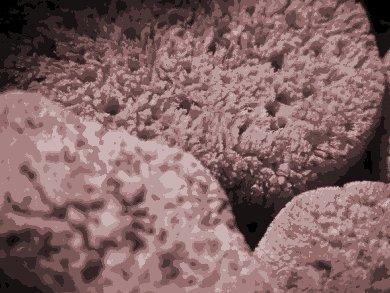Artificial scaffolds for fabricating artificial bone and cartilage could have wide applications in reconstruction and prosthetic surgery. Researchers at the National Tsing Hua University, Hsinchu, Taiwan, and their colleagues have developed a nanofabrication process to build non-cytotoxic scaffolds that could serve as a test bed for culturing cells. The process is based on hydrophobic oxidized silicon and uses simple physical principles and chemical techniques such as photolithography and liquid vapor deposition.
The team has successfully grown hamster ovary cells, fibroblasts and canine kidney cells on the silicon nanosponges at specific sites through patterning at the microscopic and nanoscopic scale. The team suggests that the technique will provide a better understanding of how cells and substrates might interact in applications ranging from tissues engineering and biomaterials to functional biomedical devices.
- Micropatterning of mammalian cells on inorganic-based nanosponges,
Chung-Yao Yang, Tzu-Chun Liao, Hung-Hsun Shuai, Tang-Long Shen, J. Andrew Yeh, Chao-Min Cheng
Biomater. 2012, 30, 4988–4997.
DOI: 10.1016/j.biomaterials.2012.03.071




